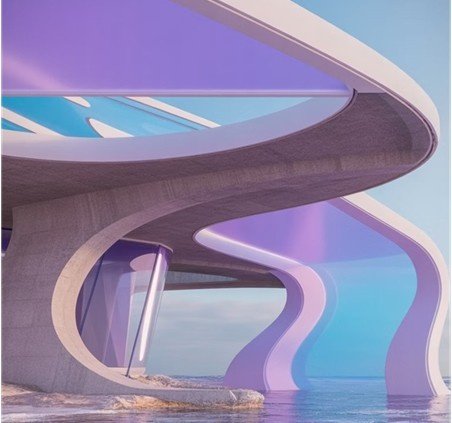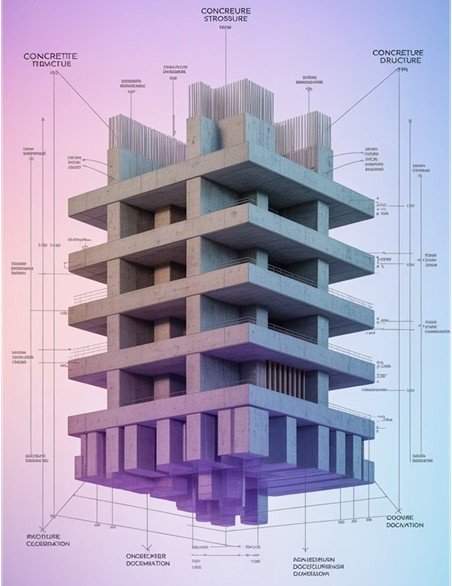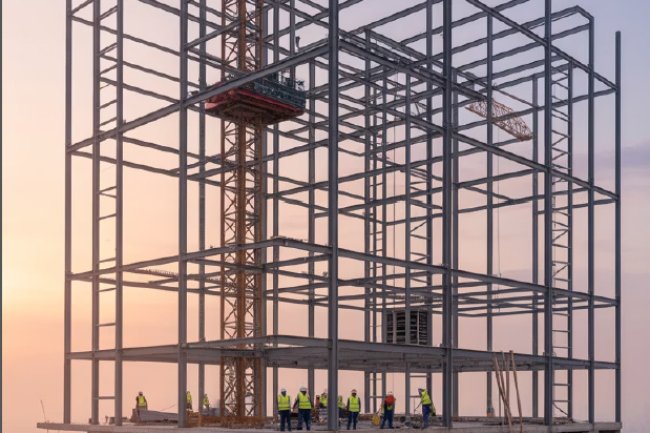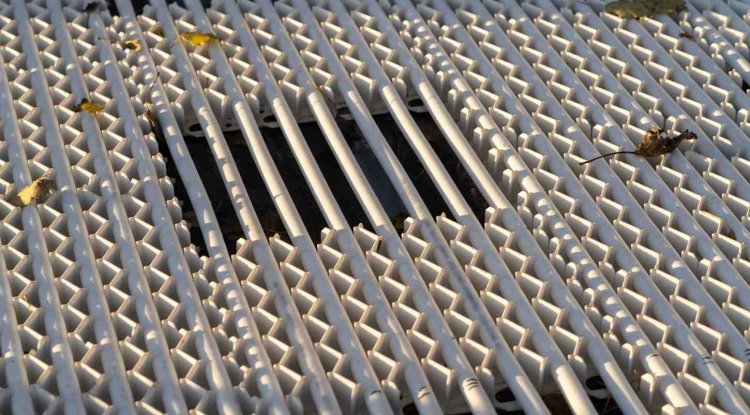Durability in Design: Detailing Concrete for Harsh Environments
When concrete structures are exposed to tough conditions—such as coastal salt spray, freeze-thaw cycles, chemical exposure, or heavy industrial use—the difference between long-lasting performance and early failure often depends on one key factor: careful detailing. In demanding environments, standard concrete specifications are not enough. Engineers, project managers, and designers must understand how to create concrete elements that can resist environmental stress and maintain their strength and function for decades—performing just as well on day 10,000 as they did on day one.

Understanding Environmental Threats to Concrete
|
Concrete is known for being strong and durable, but that reputation can be misleading. Although it’s naturally tough, certain environmental conditions can gradually weaken it over time. In coastal areas, saltwater allows chloride ions to penetrate the concrete, causing the steel reinforcement inside to corrode. In colder regions, repeated cycles of freezing and thawing create internal pressure, which can lead to cracking and surface damage. In industrial settings, concrete can be attacked by chemicals such as acids, sulfates, or aggressive groundwater. Recognizing these potential threats is the first step toward designing concrete that can stand the test of time. |
|
Core Strategies for Harsh Environment Concrete Design
Mix Design Optimization
Lower water-cement ratios (0.40 or below), appropriate air entrainment (4–7%), and supplementary cementitious materials like fly ash or slag significantly improve resistance to chemical attack and freeze-thaw damage.
Adequate Cover Depth
Increasing concrete cover over reinforcement from standard 2" to 3" or more in severe exposure creates a protective barrier that delays chloride penetration and corrosion initiation by years or even decades.
Permeability Control
Specifying low-permeability concrete through proper curing, consolidation, and optimized mix proportions prevents moisture and aggressive agents from infiltrating the concrete matrix and reaching the reinforcement.
Critical Detailing Considerations
The devil is truly in the details when it comes to concrete durability. Here's where engineering expertise separates adequate designs from exceptional ones:
Joint Design and Placement
Properly detailed control joints, construction joints, and expansion joints prevent uncontrolled cracking while accommodating movement. Sealant selection and joint width-to-depth ratios must match environmental conditions.
Drainage and Water Management
Water is concrete's biggest enemy. Incorporate positive drainage, avoid horizontal surfaces where water can pond, and detail adequate slope (minimum 2%) to direct water away from critical areas.
Reinforcement Specifications
Consider epoxy-coated, galvanized, or stainless steel reinforcement in severe exposures. Specify appropriate bar spacing to ensure proper concrete consolidation around reinforcement.
Surface Treatments and Coatings
Penetrating sealers, waterproof membranes, or protective coatings add an additional line of defense, particularly on exposed surfaces facing direct environmental assault.
Exposure Class Selection: The Foundation of Durability
|
|
The ACI 318 Building Code defines exposure class categories that guide all decisions in concrete specification. In demanding environments, knowing the difference between C1 (dry conditions) and C2 (corrosive conditions that require protective measures) can be the deciding factor between a 30-year lifespan and a 100-year one. Working with experienced firms like Consac, which specializes in structural detailing and engineering solutions, helps ensure that exposure classes are accurately identified and translated into clear, practical specifications that contractors can confidently apply on-site. |
Real-World Application: Coastal Infrastructure
|
Marine Exposure Demands Excellence Coastal structures experience some of the harshest conditions concrete can face. Constant exposure to salt-laden spray, changing tides, and impact from floating debris demands rigorous protection and detailing. To ensure long-term durability, the following best practices are essential:
|
|
Quality Control: From Drawing Board to Construction Site
Quality assurance in concrete construction begins long before the first batch is mixed. Each phase — from design to curing — demands precision, discipline, and communication between teams.
Design Phase
Develop comprehensive specifications addressing mix design, reinforcement protection, joint details, and quality assurance requirements specific to the exposure environment.
Construction Phase
Implement rigorous testing protocols including slump tests, air content verification, cylinder sampling, and reinforcement placement inspection before concrete placement.
Curing Phase
Ensure proper curing methods — wet curing, curing compounds, or moisture-retaining covers — for at least 7 days to achieve the low permeability critical for durability.
Each phase requires clear communication between designers, contractors, and quality control teams. Detailed drawings and specifications that leave no room for interpretation prevent costly mistakes and ensure the design intent is fully realized in the field.
Building Structures That Last Generations
Designing concrete for harsh environments isn’t about simply following a checklist—it’s about understanding how materials respond to stress, how environmental factors affect structural elements, and how careful detailing builds multiple layers of protection to extend a structure’s life.
The most durable concrete structures share common characteristics: they’re designed by engineers who understand exposure conditions, detailed with precision that accounts for real-world construction challenges, and built by teams committed to quality workmanship.
When the fundamentals are done right—proper mix design, adequate concrete cover, well-planned joints, and effective water management—you create structures that don’t just survive in harsh environments but perform exceptionally well for decades.
Whether it’s a coastal project, an industrial complex, or infrastructure in a freeze-thaw region, investing in durability-focused design today ensures long-term performance and lower maintenance costs tomorrow. The real question isn’t whether you can afford to detail concrete properly—it’s whether you can afford not to.
What's Your Reaction?



















